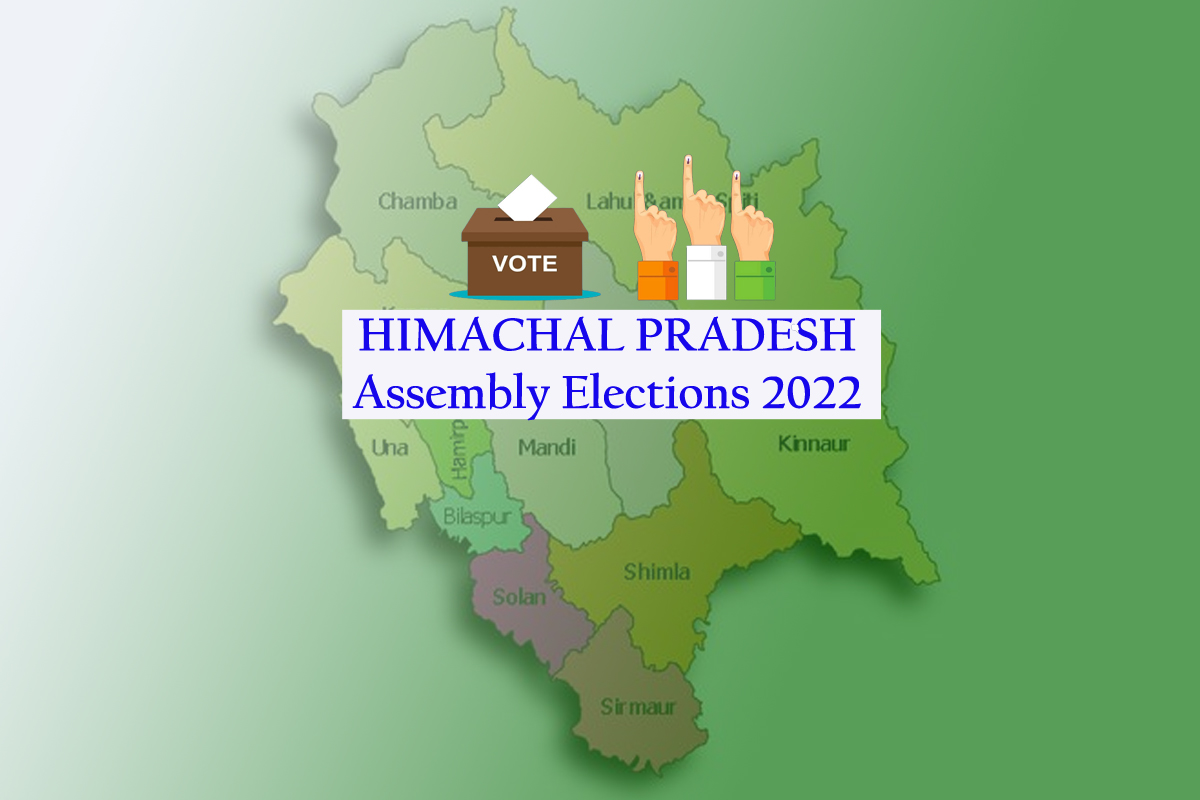Rs 146 crore being spent on underground utility ducts in Shimla: Himachal CM
Himachal Pradesh Chief Minister Sukhvinder Singh Sukhu on Friday said Rs 146.34 crore would be spent on the ambitious project for underground utility ducts.
The northern state, which is going to polls for its assembly, has a long tradition of ousting the state’s ruling administration. Since 1985, the BJP and the Indian National Congress have alternately held power in the state after winning a close race.

(File Photo)
The Bharatiya Janata Party (BJP) has so far maintained a winning streak election after election in a number of states, including Uttar Pradesh, Uttarakhand, Goa, and Manipur. These outcomes have been acknowledged by many political commentators. However, the situation in Himachal Pradesh is quite different.
The northern state, which is going to polls for its assembly, has a long tradition of ousting the state’s ruling administration. Since 1985, the BJP and the Indian National Congress have alternately held power in the state after winning a close race.
Advertisement
Political analysts claim that this time around the assembly elections will be quite unpredictable. This is the first time that the two most popular and veteran politicians, Lt. Virbhdhra Singh of the Congress and Prem Kumar Dhumal of the BJP, are not in the race. It will be fascinating to watch out whether the Jai Ram Administration will be able to make history by repeating wresting power or the state will continue its tradition of electing an alternative government.
Advertisement
The Congress campaign for the elections is based on the concept of “Himachaliyat” which embodies the notion that the area and its inhabitants will independently determine their future while the BJP on the other hand only promotes PM Modi which apparently does not go well with the sentiments and aspirations of a state like Himachal.
How frequently has the ruling party been defeated in Himachal?
The Indian National Congress in the 1985 assembly elections won 58 of the 68 assembly seats to form a government in Himachal Pradesh under Virbhadra Singh against the BJP’s seven seats. In a dramatic change in the 1990 assembly elections, , the BJP won 46 seats while the Congress won just nine seats. After the elections, Shanta Kumar was named chief minister of the state, but he was able to retain power only for 2.5 years.
In the 1993 assembly elections, in another swing, the Congress won 52 seats and Virbhadra Singh came back to power for a second term as chief minister. Interestingly, the BJP and the Himachal Congress won 31 seats each in the 68-seat legislature in 1998. However, the saffron party was able to form the government by joining forces with the Himachal Vikas Congress. Prem Kumar Dhumal was named chief minister.
Later in the 2003 and 2012 Assembly elections, while the Congress won, Virbhadra Singh was reappointed as chief minister of Himachal Pradesh. And In 2007, Prem Kumar Dhumal was reappointed as chief minister when the BJP regained control of the chief minister’s post with 41 seats. The Congress won 23 seats that year.
The BJP won 44 of the 68 seats in the most recent Assembly elections conducted in 2017 while the Congress took home 21. Interestingly, while the won a two-thirds majority in the elections, its nominee for chief minister, Prem Kumar Dhumal, lost in the Sujanpur assembly constituency. Hence, Jairam Thakur, who was elected from the Seraj constituency, was eventually named the CM by the BJP.
Presently, the incumbent BJP government in the state led by Thakur is aiming for a second consecutive term in office while the Congress is trying to wrest power capitalising on the anti-incumbency sentiments. Thakur, however, is confident that Himachal people will go with the BJP again, as he said, the Opposition in the state is faceless. However, dissidence at the time of the elections may harm the BJP’s cause, especially since the party’s 20-odd rebel candidates are in the fray.
Five of the BJP’s top officials, including four former MPs and a vice-president of the party, were expelled for six years after the party, which takes pride in its discipline, failed to get them to conform. Six of its leaders, including a former minister and the speaker of the state Assembly, have been targeted similarly by the Congress.
Now that elections for the Himachal Pradesh assembly elections are scheduled to be held on November 12 it will be interesting to see if the voters will break the tradition of anti-incumbency or go with it? Time will only tell.
Advertisement